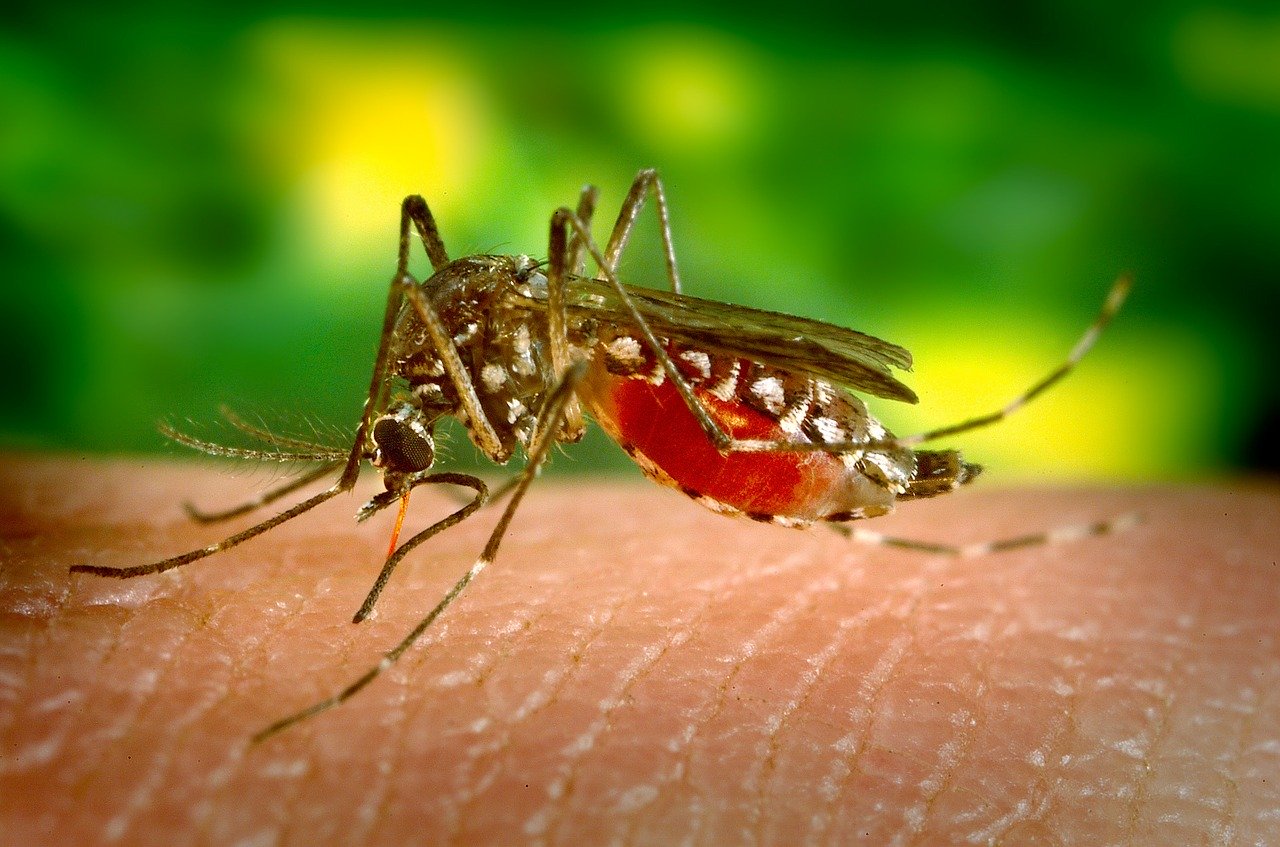While struggling to curb the coronavirus pandemic, Indonesia must face the challenge of fighting an old enemy: dengue fever. The disease is caused by a virus carried by a species of mosquito called Aedes aegypti. Their number increases during rainy seasons when female mosquitoes can easily find standing water to lay their eggs in.
Combating the disease means removing the breeding ground of the mosquitoes and killing the adult vectors. This type of mosquito uses standing water to lay its eggs in, which means anything that catches rainwater should be emptied out or buried underground. Holes in the ground, unused or broken household goods in the yard, etc.
Preventive Measures at Home
It’s easier for those who have their own well to prevent sitting water at home. They can run the water as much or as little as they want. Those who rely on the state’s water company, however, will have to collect as much water as they can when it’s their turn. They end up storing more water than needed and letting it stand for a longer period of time, which increases the chance of mosquitoes breeding.
This is where “Abate” powder comes in handy. The non-toxic powder is safe for animals and the environment. It has been widely available, except in some remote regions where people will use a traditional method such keeping freshwater fish in (usually) the largest container so they can feed on the larvae that might be present.
Still, some larvae will survive and grow into adult mosquitoes. Female Aedes aegypti mosquitoes bite in the daylight. They’re especially active in the morning till noon. Though they’ve traditionally known as an outdoor mosquito, they have made their way to attack people who stay indoors in recent years. Kids aged 6 to 14 are the most prone to their bites.
Fogging is a popular method to kill adult mosquitoes on a larger scale. Local governments use this method a lot, though the effectiveness is doubted by many (mosquitoes will usually re-appear on the following day). Electric mosquito repellents were quite popular at one point, but nowadays, people prefer to use a lotion. The mosquito repellent lotion contains DEET, which might irritate your skin if you’re sensitive to the substance. There are DEET-free repellents that are available online, but they’re not as popular.
Transmission and Risks
Dengue virus is transmitted through a mosquito bite. A patient cannot directly pass on the illness to a healthy individual through a physical contact—except a direct blood transfer. It requires a mosquito to take the virus from a sick patient and it will later inject it to a healthy person. It takes about 3-14 days for the healthy person to get sick from the moment they get infected.
Someone who suffers from dengue fever will have flu-like symptoms, which can be easily mistaken as coronavirus symptoms. The difference between the two is the presence of red rashes on the patient’s skin, which often occur in a dengue case. Another difference is that the dengue fever patient may experience nosebleeds or bleeding gums, usually when the illness has gotten worse.
Densely populated areas are at the highest risk since these areas typically have a bad sanitation problem. Dense population also means a higher risk of transmission since people are living close together. This has been confirmed by the data, which show the western regions of Indonesia as having a higher number of cases than the eastern regions.
In 2019, there were more than 100,000 dengue cases nationally, which was an increase from 65,602 cases in 2018. Looking at the recent numbers, the annual cases will most certainly increase again this year.
As of March 2020, there have been more than 20,000 dengue cases in the country. West Java topped the list with 4,102 cases and 15 deaths; followed by East Nusa Tenggara (NTT) with 3,407 cases and 39 deaths; then East Java with 2,571 cases and 21 deaths.
While West Java has the highest number of cases, it has the lowest death rate among the top three regions. This is because the region has an overall better infrastructure and more developed than the other two. East Nusa Tenggara (NTT), on the other hand, has the highest death rate. Limited access to hospitals has been cited to be the problem.
Dengue vs COVID-19
In some regions, such as Tasikmalaya (West Java), the number of dengue cases is higher than COVID-19. As per May 2020, the city has 412 cases with eight deaths. Meanwhile, the number of COVID-19 case is only slightly over 20. It is unclear, however, if this is because of the lack of COVID-19 testing or other factors. At the time of this writing, Indonesia has reported more than 40,000 coronavirus cases nationally.
There is no cure or vaccine for dengue fever. Patients are treated based on the symptoms. Compared to COVID-19, dengue fever doesn’t spread as quickly but it is more deadly. Early intervention can prevent severe complications that might lead to death.
In March, the Health Minister said that they were sending medical help to regions with the highest cases, in the hope they can decrease the number of deaths. It may not be enough, but given the current situation, where most of the medical resources are spent on fighting the coronavirus, this is better than nothing.
I really wish there would be more effort from local governments. They should not wait for a decision to be made. Local governments should work harder on educating people about the disease, which may include how to identify the symptoms. Educating people about the new coronavirus may not be easy because it’s new. Dengue fever is an outbreak that we have known for a really long time. Reminding people about what to do and what not to do is easier now since (most) of us stay at home and watch TV or browse the internet.
Image credit: skeeze

